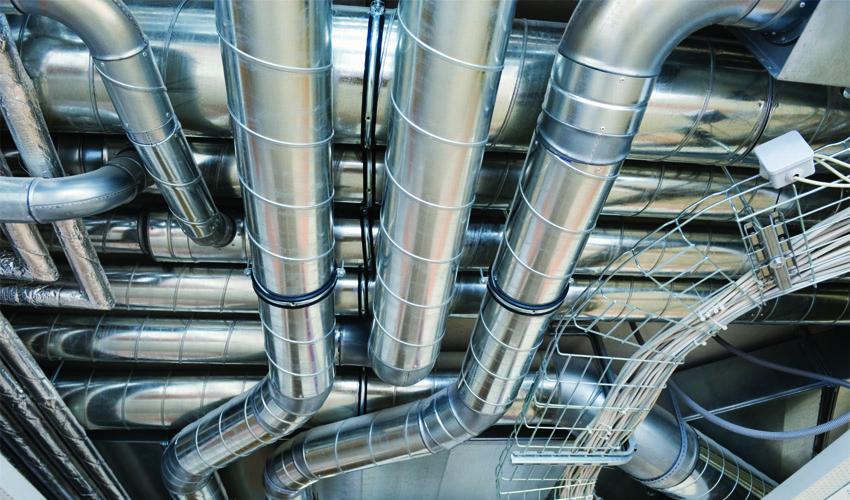
The Materials Lab had the pleasure of welcoming Kristof Irwin P.E., Principal at Positive Energy and host of The Building Science Podcast, on Wednesday, February 12 for a Lunch 'n Learn session. Kristof’s background includes 12 years of experience as a custom builder (including deep energy retrofits and zero-net energy projects) and 11 years as a building science consultant. He worked for 14 years as an engineer, research scientist, and physicist for government and university research labs. He is active in the local and national high-performance building community including his role as the Chair of AIA Austin’s Building Enclosure Committee, several ASHRAE committees.
As a P.E and Principal at Positive Energy, Kristof Irwin might be expected to spout off technical jargon or display his mathematical prowess as he runs through complex mechanical calculations. However, Irwin asserted that “Stories change behavior, not facts.” This sentiment framed our Lunch ‘n Learn session with Irwin as he advocated for a paradigm shift in energy and health, in relation to the interior air in which we are immersed.
Irwin referred to Positive Energy as an outcome-focused engineering firm, with an emphasis on human health as the metric for successful design. The company’s goal is to educate architects, students, and the broader community on the importance of a healthy building environment. Irwin described our atmosphere as a sea of air that is currently mistreated as a “free public sewer.” Irwin made his case by describing our environmental challenges at the human level. We learned that on average, people spend over 90 percent of our lives indoors, including 70 percent in homes, including decades spent in our bedrooms alone. As such, the “fishbowls” of air that we inhabit have an immense impact on our health and quality of life. The air and products that we use on a daily basis contain endocrine-disrupting chemicals and micron-sized dust particles that can be absorbed directly into our bloodstream.
Irwin shared some solutions for improving indoor air quality through four key strategies: tightening building enclosures, minimizing indoor emissions, keeping buildings dry, and proper ventilation and dehumidification. To learn more about these solutions, mechanical design in buildings, and indoor air quality, subscribe to the Building Science Podcast or check out Positive Energy’s website.

